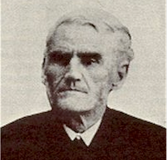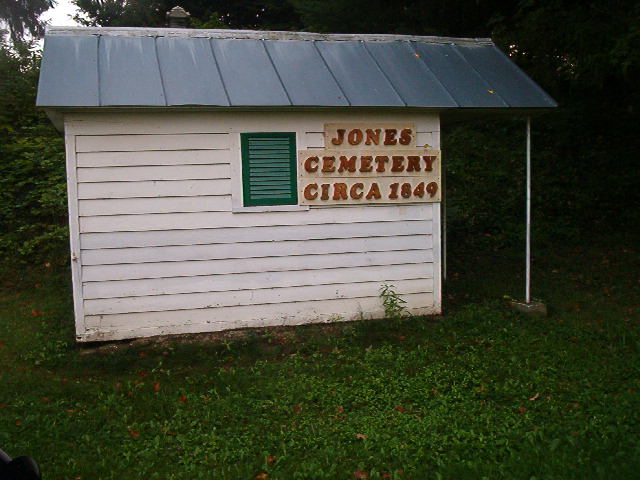Hymn History: Hiding in Thee & Author: William O. Cushing
“It must be said of this hymn [‘Hiding in Thee’] that it was the outgrowth of many tears, many heart-conflicts, and soul-yearnings, of which the world can know nothing. The history of many battles is behind it.”
(William O. Cushing)
The Origin of the Hymn “Hiding in Thee”
Few hymns capture the deep yearning of the human heart for refuge and safety in God as powerfully as “Hiding in Thee.” With its plaintive melody and earnest text, this beloved hymn has been a comfort to Christians for generations, reminding them that in every trial, storm, or temptation, there is a secure hiding place in Christ. Its origin reflects both the personal struggles of its author and the enduring power of music to convey spiritual truth.
William Cushing: The Lyricist
The words of “Hiding in Thee” were written by William Orcutt Cushing (1823–1902), an American hymnwriter whose life was marked by both pastoral ministry and personal hardship. Born in Massachusetts, Cushing entered the ministry as a young man and served faithfully as a pastor for over 20 years. He was known for his compassion, kindness, and his simple but heartfelt preaching.
In midlife, however, Cushing’s health began to fail, and he suffered the loss of his ability to speak—a devastating blow for a preacher. Forced to retire from active ministry, he turned his attention to writing hymns. This new calling allowed him to continue serving God by providing the church with songs of faith, trust, and devotion. Over his lifetime, he wrote more than 300 hymn texts, many of which remain in hymnals today.
Cushing’s own experiences of suffering and loss undoubtedly shaped his writing. In “Hiding in Thee,” his sense of dependence on God for strength and refuge comes through with particular clarity, making it one of his most heartfelt contributions.
The Inspiration Behind the Hymn
The inspiration for “Hiding in Thee” came from Cushing’s own sense of weakness and his longing for God’s protection. Reflecting on Psalm 32:7, “Thou art my hiding place; thou shalt preserve me from trouble; thou shalt compass me about with songs of deliverance,” Cushing found in Scripture a personal anchor.
He later recounted:
“I wrote this hymn out of a deep sense of my own need. It was the cry of my heart for a safe refuge in times of sorrow and trial. I have always felt the need of a hiding place for my soul, and I believe all Christians know what it means to say, ‘Hiding in Thee.’”
These words reveal the personal depth behind the hymn. It was not merely written as a doctrinal statement but as a prayer rising out of real human struggle.
Ira D. Sankey: The Composer
The tune for “Hiding in Thee” was composed by Ira David Sankey (1840–1908), the famed gospel singer, composer, and associate of evangelist Dwight L. Moody. Sankey was instrumental in popularizing many gospel hymns during the great revival campaigns of the late nineteenth century. His musical settings often had a directness and emotional appeal that perfectly suited the evangelistic spirit of the age.
When Cushing sent the hymn text to Sankey, the musician was immediately struck by its beauty and spiritual depth. Sankey later recalled how quickly the tune came to him:
“The words so impressed me that I wrote the music for them at once, and sang it at the next meeting of Mr. Moody’s services.”
The combination of Cushing’s earnest text with Sankey’s memorable melody made the hymn instantly powerful in revival gatherings, where it was used to encourage people to trust in Christ during moments of decision and crisis.
Publication and Early Use
“Hiding in Thee” was first published in 1876 in Gospel Hymns No. 2, a collection edited by Moody and Sankey. The hymn quickly became popular, not only in revival meetings but also in regular church worship and personal devotion.
Its plaintive refrain, “Hiding in Thee, hiding in Thee, Thou blest ‘Rock of Ages,’ I’m hiding in Thee,” resonated with Christians everywhere, offering both comfort and assurance. The hymn was especially meaningful in times of national distress, such as during wars or economic hardship, when believers turned to its message of refuge.
Themes of the Hymn
At the heart of “Hiding in Thee” is the universal human longing for safety and rest. Cushing’s text acknowledges the storms of life—times of sorrow, temptation, and trial—but always returns to the central truth that God is the sure refuge.
The imagery of hiding recalls not only the Psalms but also the broader biblical theme of God as a strong tower, a rock, and a shelter in the time of storm. The hymn reminds Christians that faith does not remove the difficulties of life but provides a place of security in the midst of them.
Legacy and Continuing Influence
More than a century after its composition, “Hiding in Thee” remains a cherished hymn in many traditions. It has been included in countless hymnals and continues to be sung in both traditional and contemporary settings. Its enduring appeal lies in the way it speaks directly to the believer’s heart, offering comfort and pointing to the unchanging refuge found in Christ.
For William Cushing, who had lost his voice but found a new way to minister through hymnwriting, the hymn was also a testimony of God’s faithfulness. Though his ministry as a preacher had ended, his words in “Hiding in Thee” continue to minister to countless souls, long after his own life ended.
Conclusion
The origin of “Hiding in Thee” reflects the intertwining of personal suffering, biblical truth, and musical inspiration. Written by William O. Cushing out of his own deep need and set to music by Ira D. Sankey, the hymn has become a lasting expression of the believer’s trust in God as a refuge. Its words and melody continue to remind Christians that in every storm of life, there is a place of safety—hiding in Christ, the eternal Rock of Ages.
Related
Sorry, no records were found. Please adjust your search criteria and try again.
Sorry, unable to load the Maps API.

